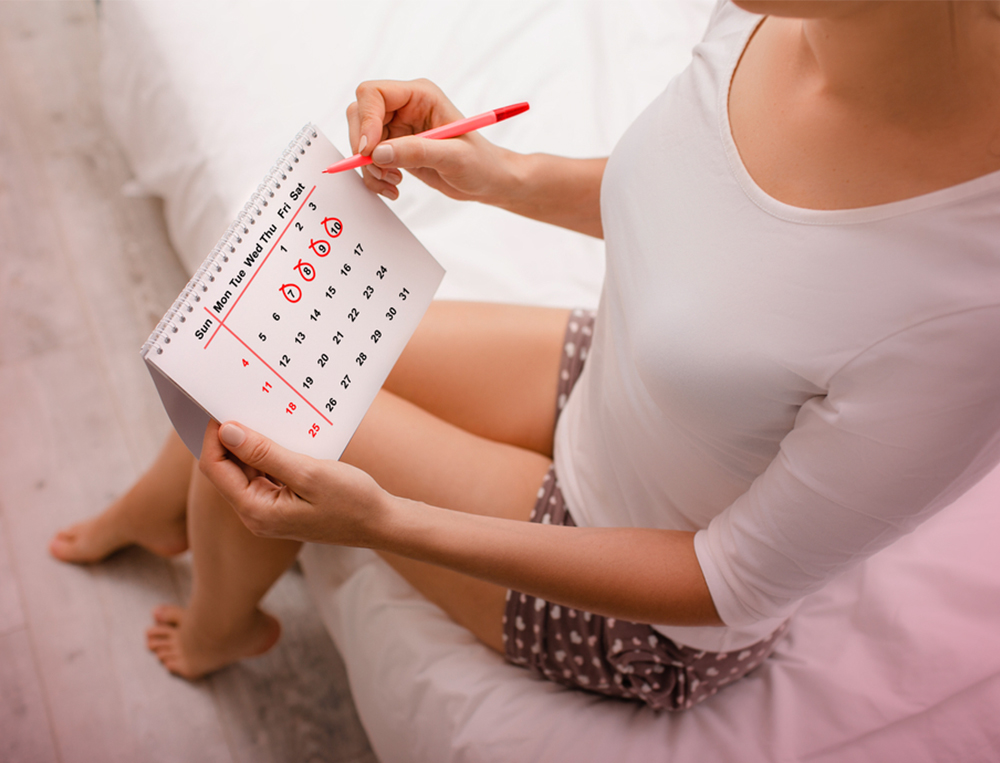In a life cycle, a woman’s body is vulnerable to a variety of changes. The cycle of these changes occurs in women every month, positively for pregnancy is called the menstrual cycle. When an ovum is unfertilized, the uterus lining sheds and leads to a haemorrhage, called menstruation. In a girl, menstruation starts from the age of 10 to 15 when she attains puberty and this beginning is known as menarche. The ending of menstruation is known as menopause which takes place in your 40s or 50s.
The first day of bleeding is marked as the first day of a menstrual cycle and the period from one menstrual cycle to another can vary from 28 to 30 days.
Female reproductive system and organs involved in this cycle they mainly include:
- A pair of ovaries that store, nourish and release ova.
- Uterus (womb), where implantation of a fertilised egg takes place and the foetus develops.
- Pair of the fallopian tubes connecting the ovaries and uterus.
